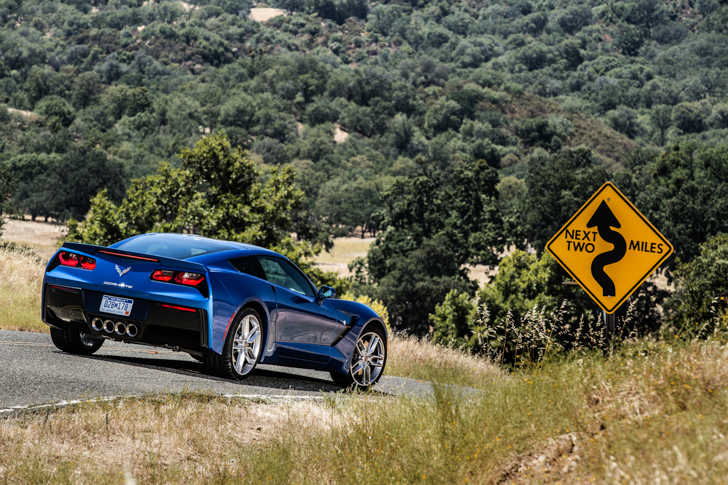crankandpiston.com takes a spin in the David Brown Automotive Speedback GT
[Not a valid template]Classic car drives, by their very nature, are special. For any car enthusiast, being able to feel the history of a car in your palms and seeing the journey that car’s production has taken through time is a wonderful thing. But this test drive is not your traditional classic. It may look like one from the outside, but it has all the mod-cons and reliability of a more modern car.
The David Brown Automotive Speedback GT has been designed around some of the most iconic cars in history to provide, what David Brown himself says is the “best of the best”; taking all the best design elements of some of the best styled cars and mating them to more reliable underpinnings and mechanicals.
The David Brown Speedback GT is our test car and deception is its game. Sorry, that’s probably a little harsh. Basically, the car is based on a Jaguar XKR, with the original AJ-V8 Gen III 5.0-litre direct-injection lump beneath, pushing out 510bhp, but features a completely new design aiming to depict the history of the automobile.
In case you don’t know what David Brown Automotive is, the company is a British company started by British entrepreneur; David Brown. David Brown is the son of David Brown senior who started a tractor-building company called DJB Engineering in 1972, of which David Brown Junior was its first employee.
There will be only 100 examples of the model produced, which will inevitably create instant appeal. And how much does ‘instant appeal’ cost? Well, how about half a million quid?
We know; GULP. So, what do you get for your money?
We were lucky enough to take a tour of the factory where the Speedback GT is built and assembled. Outsourced to a company called Envisage (which is one of the last companies to still build cars from scratch by hand), the car is built using digitised data from a clay model, which was used to make the forming bucks from resin, to ensure accurate panel symmetry. The aluminium panels are then molded to that template. With a total of 147 individual hand-crafted panels, it takes 2500 man-hours to build the car’s body and another 700 to complete the whole car – this really is an incredible amount of time and physical effort, especially when you consider the fact that most of the models we see on our roads have rolled off a production line in not too much time at all.
Styling wise, I guess I would describe it as ‘interesting’ – it certainly catches your eye on the road, but I think that’s probably in more of a; ‘I’m not sure what that model is’ kind of way. Designed by former head of design for Land Rover Alan Mobberley, David said the car has been likened to the iconic Aston Martin DB5, with some people even saying they can see elements of classic Porsche styling. Yeah, I guess I can see a few similarities with the cars mentioned, but it still, in my eyes, doesn’t justify that half a million pound price tag.
Despite there being a pretty good amount of personalisation options available, our test model featured rather a lot of plastic, made to look like metal or chrome around the centre console and gear surround. This isn’t to my personal tastes; it felt very cheap and not what you’d expect from a bespoke model. The seats, however, were super comfortable, with pretty much every control you can think of to get that perfect setting. Despite the seats being from the XKR, they’ve been re-trimmed in the nicest leather material and do feel of very good quality. For added British-finesse, there’s even a leather picnic bench in the boot, trimmed in that same leather – this is an instant win, in my book. The interior doesn’t get a whole lot else on top of the XKR, though.
So, how does it drive? Well…
Story concludes on page 2

